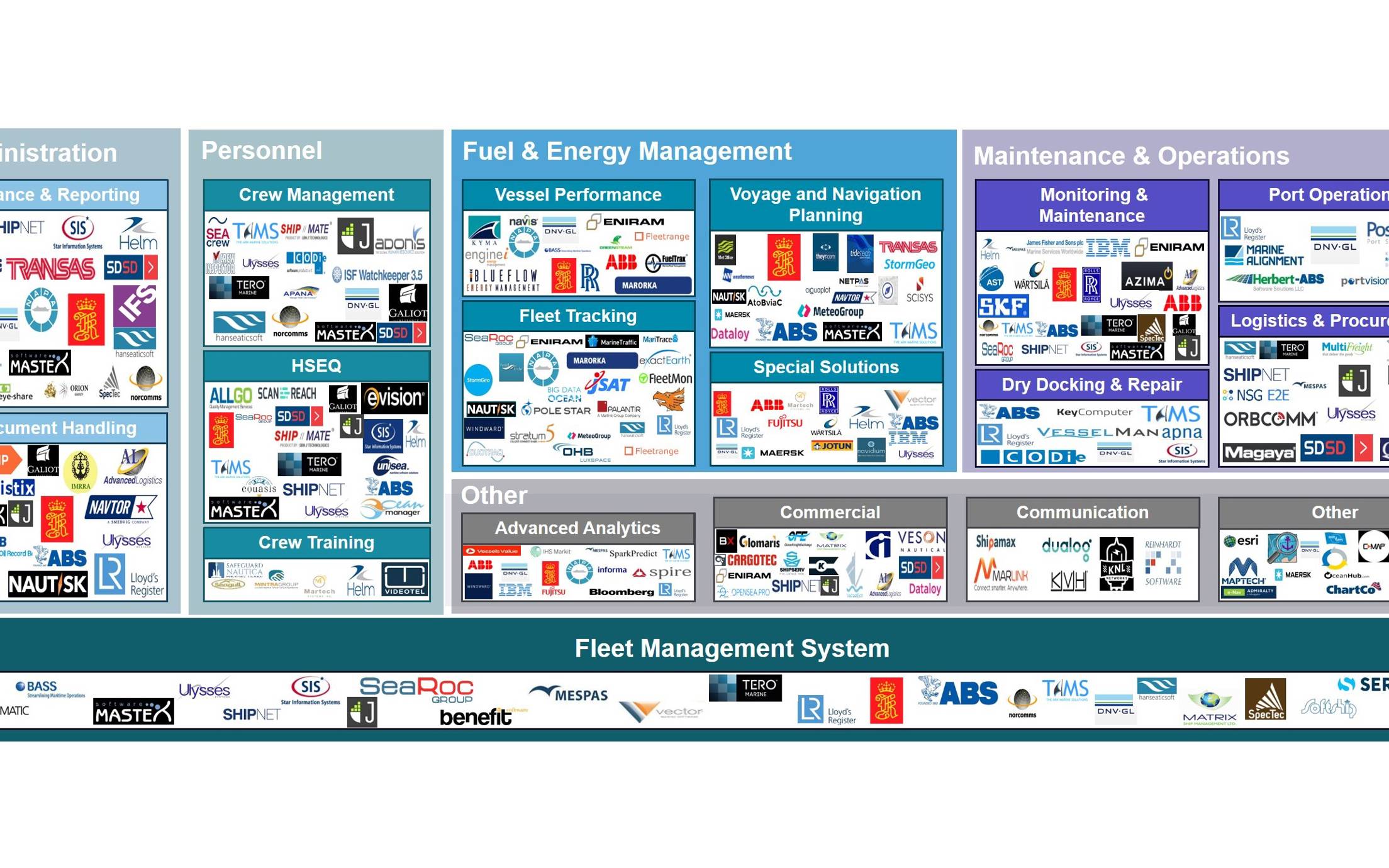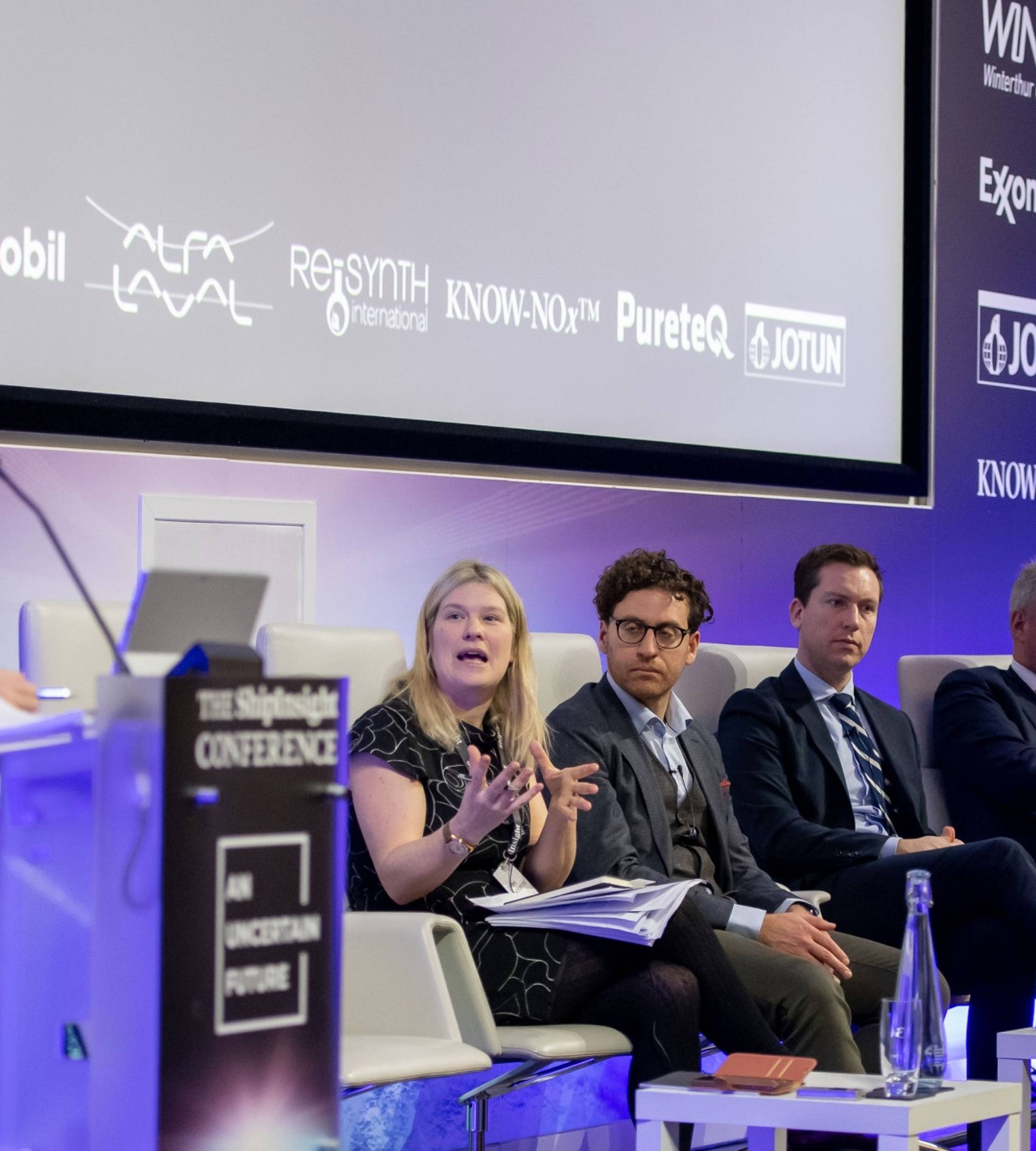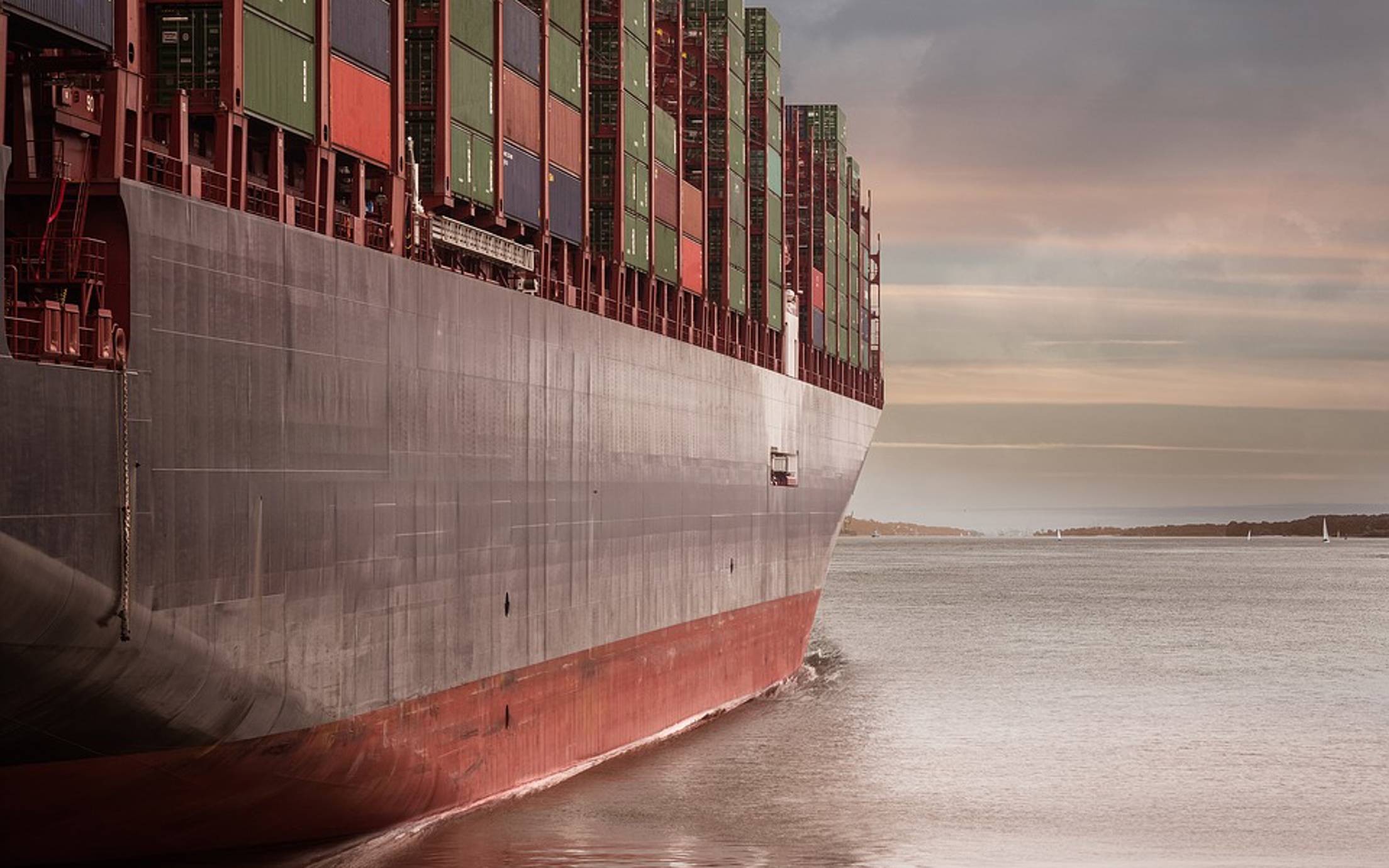
Navigating the wave of digitalisation
Many companies talk of ‘digital disruption’ or ‘paradigm shift’; but very few can explain exactly where to start the digital journey with any kind of certainty argues digital expert.

Biofouling – the next big environmental battle? What will it mean for coating makers and operations in general? ShipInsight put these fundamental questions in the spotlight.
Biofouling is a pressing issue in shipping. According to the International Maritime Organisation (IMO) poor hull and propeller performance is often due to fouling and accounts for around 10% of the world fleet’s fuel consumption. This costs owners and estimated USD30 Bn in additional fuel costs annually.
So it is not surprising that representatives of many companies working in shipping participated in the biofouling debate at ShipInsight’s inaugural conference in London recently. Addressing delegates, Jotun Hull Performance Solutions global concept director Stein Kjølberg, together with other senior figures, agreed that biofouling is a challenging issue but new coating and cleaning technology, performance monitoring systems and possible regulation, could help to address the challenges faced by the industry.
“The technological development of coatings is continuing and so are the means of assessing performance, which is likely to prove even more important as possible regulation on fouling looms,” said Kjølberg, “It would not surprise me if the IMO moves to regulate biofouling, but I think it would take a long time to put the infrastructure in place to take it on a global scale. It’s likely that it would initially be called for in regions where it is considered most critical.”

Panellists agreed on the need for investment in research and innovation to address the biofouling issue, with Dr Bev MacKenzie, technical and policy director, IMarEST, highlighting several priorities in biofouling management, including the identification and assessment of evidence on the environmental, economic impacts of marine species that have been introduced to new countries or regions. Development of a global index of current and pending regulation governing in-water hull cleaning is also ongoing.
Malcolm Latarche, lead editor, ShipInsight, said most shipowners will accept that anti-fouling coatings and operational measures combine to affect efficiency and they will make choices mostly based on their own experience of different products. “So far this has always been an issue that is between the shipowner, the coating supplier and the contractor which applied it. Aside from local restrictions on applying coatings and of course the ban on Tributyltin (TBT) , there has been no regulatory element involved. That is changing and I expect that very soon biofouling will be the next environmental issue that the IMO will be pursuing.”
Philip Chaabane, chief executive officer, I-Tech, emphasized investment in new technologies and business models will be critical in the longer-term, and that “adopting state-of-the-art antifouling coatings and technologies makes sense. The cleaner the ship, the greater the financial incentive which creates a win-win situation for both the environment and business.”
While technological development of coatings is continuing, more work is needed to develop economical, fast, and widely available hull cleaning services. “Robotics and the use of Remote Operating Vehicles (ROVs) is key to this, argued Ole Christian Troland, chief financial officer, ECOsubsea. “With the increasing focus on protecting the marine environment, the maritime transport value chain also needs to adapt and change to reduce its environmental footprint.”
Expanding on the challenges and opportunities facing the industry, Kjølberg said, “Improving efficiency and reducing environmental impact are two key issues generating much attention within the industry. At the same time as becoming more competitive, the marine market will soon face much environmental regulation. It may be seen as either a potential, or a further expense that owners could do without, but the raft of rules being developed will need to be applied, and that requires technological change. Indeed, many of the new regulations can be game-changers. They will drive innovations is ship design, materials, equipment, hull shapes, fuel types and coatings.”
Commenting on the IMO’s 2020 global sulphur regulation, capping bunker fuels’ sulphur content at 0.5%, Kjølberg said, “Experts disagree on what the outcome of the regulation will be on the maritime segment; but most agree that fuelling vessels will become a more complicated and expensive business.”
Today’s interlude of low fuel prices, then, before the onset of much upcoming, market-upending regulation, is likely the best time to invest to keep existing “fighting-fit and work on a path to optimising hull efficiency” said Kjølberg and stressed coating companies can play an important role in helping owners and operators.
Choosing a high performance antifouling system, carrying out proper hull surface preparation and frequent propeller cleaning, and regular underwater hull inspection and cleaning, if needed, were highlighted by Kjølberg as “important steps on the pathway” as is ensuring that the antifouling specification matches the operational parameters.
“Experience shows that regular inspection should be carried, and that cleaning could be done earlier than today for a range of commercial, standard antifouling. By selecting ultra premium coatings, the need for cleaning is likely be less so it pays to take a proactive approach, and not just catch up when there is already too much fouling on the hull,” said Kjølberg
Fully exploring the potential of performance management and efficiency is also a key to sustainable operations opined Kjølberg, who recommends operators to measure changes in hull and propeller performance according to the ISO 19030 standard. “Measurability and transparency will play an important role, especially in relation to hull optimization programs involving monitoring and verification.
Kjølberg firmly believes that “those companies that are working to improve fuel efficiency using advanced antifouling coatings and procedures (in addition to new technologies and fuel types) will increase competitiveness and reduce the impact on the environment”, though he warned “achieving the IMO’s 2050 Greenhouse Gas (GHG) target cannot be done by the shipping companies only, it will require a huge, collaborative industry effort.”
Last year the IMO set a target to reduce CO2 emissions from shipping by at least 50% in 2050. Initial steps to achieving this goal include use of Energy Efficiency Design Index (EEDI), the Shipboard Energy Efficiency Management Plans (SEEMP) for ships, as well as the Data Collection System (DCS).
As it stands the 2050 target cannot be achieved using fossil fuels and existing technologies, opined Matthew Williams, senior marine advisor, International Chamber of Shipping, when addressing delegates in the session entitled ‘Disruptive innovation – is shipping really being disrupted?’.
“The shipping industry will not be able to achieve the 2050 GHG reduction target using fossil fuels. There’s a need for huge investment in research and development of zero CO2 emitting propulsion systems and other technologies. Also, the IMO needs to make progress with short term GHG reduction measures urgently to achieve measurable additional GHG reductions…as well as developing the critical long-term measures that will truly help the industry to decarbonize completely.”
Aron Frank Sørensen, head of maritime technology & regulation, BIMCO, believes the 2020 sulphur cap will be the regulatory game changer of the decade that will impact the economics of shipping. “With the implementation of 0.5% sulphur cap, heavy fuel oil shall be substituted by distillates and blends under the assumption that scrubbers and LNG meet its targets, and this will not be the case. Seventy-five per cent of the fuel market will have to change, so disruption is likely to happen on the night of 31st December 2019.”
“For sure the nature of the industry is changing and the regulatory pressure will lead to more demanding operational framework and higher stakeholder expectations,” predicts Gijsbert de Jong, marketing director, Bureau Veritas. “But at the same time, the drive for energy efficiency and sustainable operations allows for more innovation and will result in a new range of technologies, including digitalisation, that will gradually transform the industry.”
Under the theme of ‘An Uncertain Future’, the conference attracted more than 100 attendees over the two-day gathering in London. The conference was organised by ShipInsight and focused on developments in technology, regulations, as well as sustainability matters.
Paul Gunton, technical editor ShipInsight and conference chair, said, “We had gathered at a time of great change in shipping technology and regulation and biofouling is one subject that is particularly attracting attention. There is uncertainty about the problem itself - is it only related to the fouling itself or should we be concerned about the marine life that is carried with it?- and there is uncertainty about how regulations could deal with it and be enforced."

Many companies talk of ‘digital disruption’ or ‘paradigm shift’; but very few can explain exactly where to start the digital journey with any kind of certainty argues digital expert.

Sustainability is gaining a foothold in the maritime industry. Jotun Maritime Insider looks at why it matters and what measures companies are taking to achieve safer, greener and more efficient operations.

Digitalisation is a hot discussion topic and the key question that is being asked is, how will it impact shipping? Leading industry players believe developments in digital will provide many opportunities and benefits but the industry-wide digital transition will take time.
A video is being shown
An image is being displayed
A brochure is being displayed